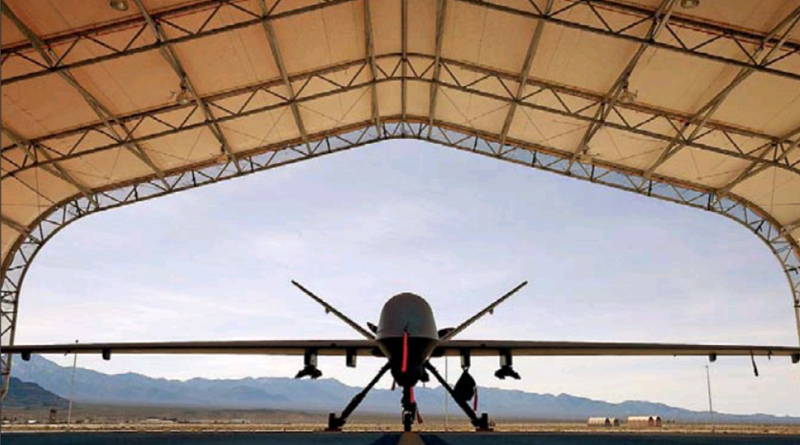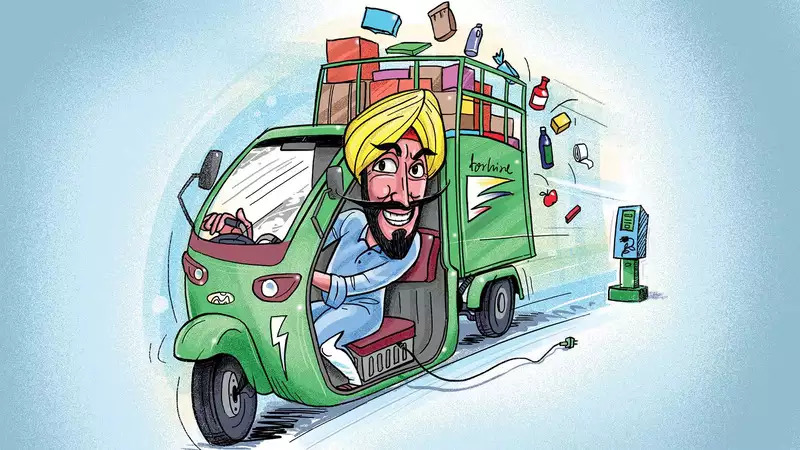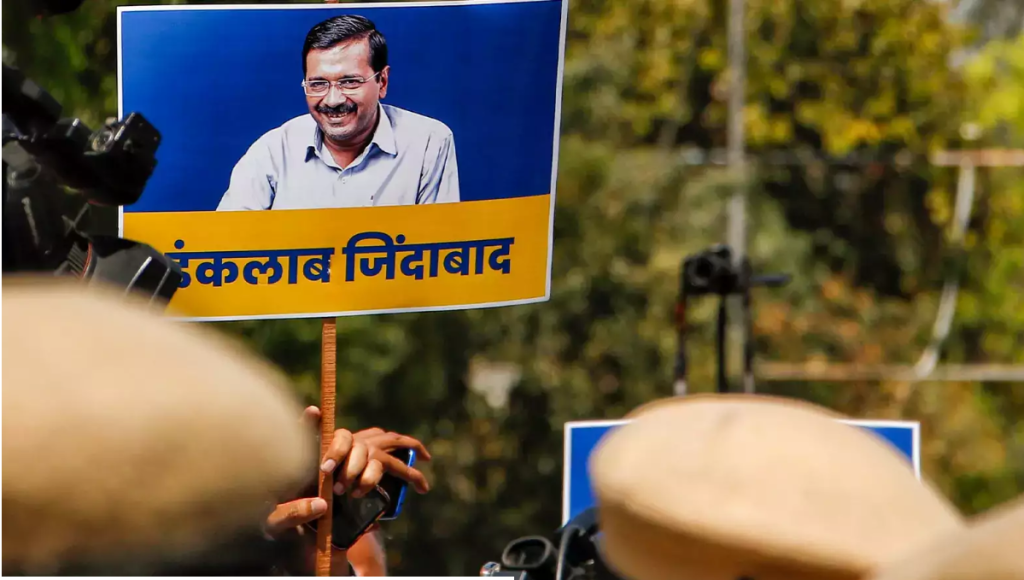India needs to expand its drone strategy, and have a major production programme
Last month, Saudi Arabia was hit by an attack on its oilprocessing facilities by drones and cruise missiles, probably made by Iran. The damage was quickly repaired, and oil prices are falling again.
An important lesson for India is that cheap drones can inflict pinpoint damage on distant targets over 500 km away. Instead of focusing only on expensive fighter planes costing billions of dollars, India should lay greater emphasis on low-cost drones, and on becoming a drone warfare specialist. Drones may be particularly suitable for the low-level conflicts likely after future Pulwamas.
Been There, Drone That
The Rafale fighter costs almost $100 million. A reasonably sophisticated drone costs just $25,000, according to US experts. A swarm of 40 drones, less than the number used to attack Saudi Arabia, will cost just $1 million. That’s peanuts, less than the cost of even a spare part for some fighter planes.
Obviously, a swarm of drones is not a substitute for a Rafale. They perform very different functions. Every country’s security policy must guard against a wide variety of security threats. To meet these different threats, a country will need a variety of armaments including fighter planes, missiles, howitzers, tanks and naval craft.
However, most of these will be used in the event of major warfare. India is far more likely to face low-level conflicts than major wars in the years ahead. Islamist terrorism is now an entrenched phenomenon that is not going to vanish any time soon. We have to assume that further attacks like the ones on Pathankot and Pulwama will happen again. That will then call for retaliation, which needs to be of low-intensity to check the risk of escalation into all-out war.
Earlier, under Congress rule, India did not respond militarily to terrorist provocations despite clear evidence of Pakistan support for the terrorists. But after the attack on Indian forces at Pathankot in 2016, Prime Minister Narendra Modi ordered ‘surgical strikes’ across the border. And after the attack at Pulwama last February, which killed 40 soldiers, he ordered the bombing of terrorist camps in Balakot, Pakistan.
This new muscular policy laid down that Pakistan must not be allowed to get away with the notion that because of its nuclear capacity, India would hesitate to retaliate militarily against terrorist attacks. Both the surgical strikes and the Balakot attack gained Modi huge popularity and helped him sweep the general election. This makes it certain that all future governments, whatever their political complexion, will follow his policy of low-intensity retaliation.
The Indian planes that bombed Balakot returned safely without losses. But when Pakistan struck back, Indian pilot Abhinandan Varthaman was shot down and captured in Pakistani territory. Fortunately, India managed to secure his release soon after. But the incident showed that even in low-intensity conflicts, the risk of Indian pilots being shot down and killed is significant.
The next time India has to resort to low-level retaliation, an excellent option would be to use drones rather than planes or artillery to attack a terrorist camp in Pakistan. Even if many drones are shot down, some should get through. The biggest gain will be that no Indian pilot is placed at risk. A second gain is that a drone attack is, by its very nature, a low-intensity form of attack, and hence less likely to spark major escalation of hostilities.
Time to Drone On
This strengthens the case for using drones on a larger scale, both in offence and defence. Drones come in all shapes and sizes and have different capacities. But, clearly, the drones used to attack Saudi Arabia were both accurate and deadly. An earlier Houthi drone attack in May had successfully damaged Saudi pipelines. The big attack on Saudi oil-processing facilities in September built on that knowledge.
Despite spending trillions of dollars on defence, Saudi Arabia was unable to detect low-flying drones, which sneaked in below its radar. Saudi Arabia had the most formidable anti-missile Patriot defence systems, but these were evaded by cheap lo-tech drones, made (almost certainly) by a lo-tech power like Iran.
India should aim to become a specialist in drone warfare. Neither the R&D nor production costs will be high. Drones can also play a role in defence — a swarm of drones can confront an incoming enemy plane.
The Wall Street Journal says over 30,000 drones are already in military service worldwide, with Israel and China becoming major exporters. Some years ago, the US had a virtual monopoly on long-distance drones like Predator and Reaper, used in Afghanistan and Somalia. But now 95 countries are estimated to have drones.
India has some Israeli drones too, used mainly for surveillance and anti-radar operations. It needs to expand its drone strategy greatly, and have a major drone production programme. This need not be limited to military uses: civilian uses of drones are also expanding fast.
Pakistan already has two types of Chinese drones. It must have learnt lessons from the attack on Saudi Arabia, and must be upgrading its drone strategy too. India needs to stay ahead in this game.





